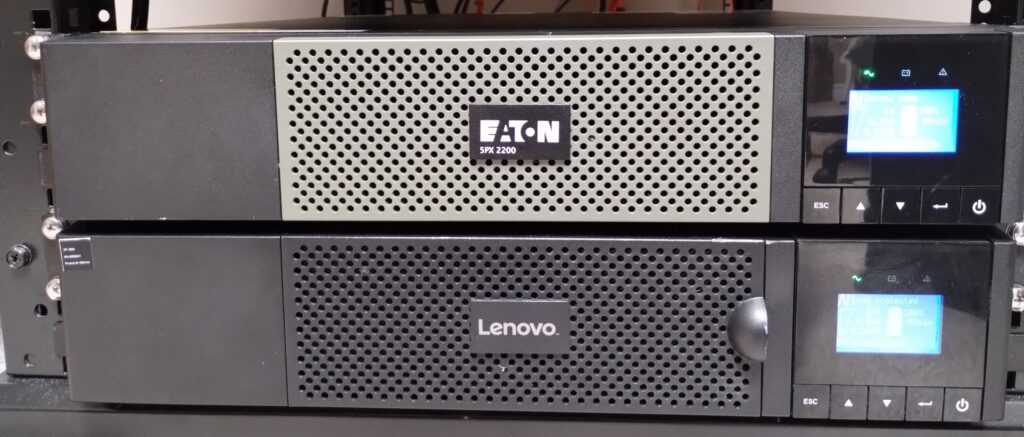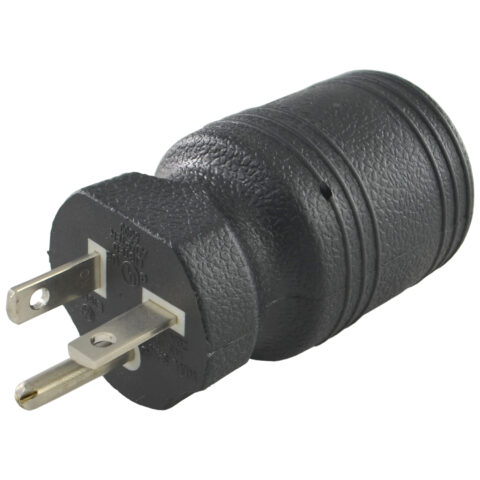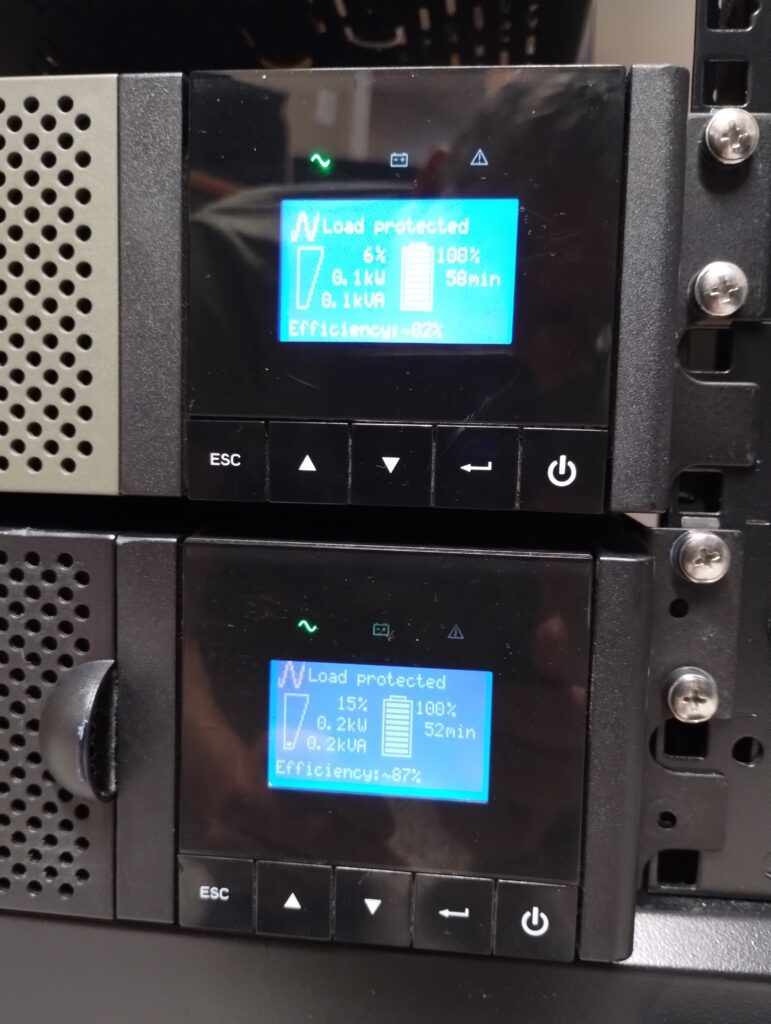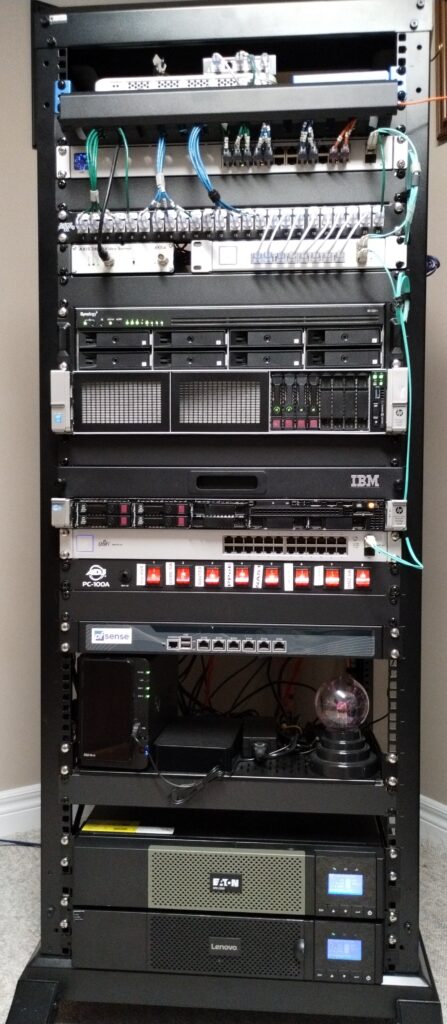Shortly after a wonderful vacation in Paris – despite it being so hot (35C plus) that the trees were dropping leaves like it was fall – one of the ports on my 10-month-old Unifi USW Aggregation switch failed. It was carrying all the traffic from one of my Proxmox hosts and where the the connection to the core network connected to the Netgate 6100 firewall. This meant a whole lot of reconfiguration in a little bit of a rush. And the VMs really “missed” 10 GbE speed.
The Ubiquiti RMA process was pretty quick. Within five minutes of putting my RMA request in noting that it was a failed port (port failure was one of the options) my RMA was approved. The only downside is you have to pay, I guess because I have the standard warranty, shipping back to Ubiquiti. So, with the shipping to Ontario, time for them to verify receipt, and sending it back (no charge), it took a couple of weeks. Of course, there were acouple of weekends were involved.
While I was waiting one of the 3TB drives in my DS216+II which I use for my second level backup. I’ve had the DS216+II for almost exactly 8 years, started failing with over 90,000 hours on it. I previously had used it my FreeNAS server. Obviously, that was not under warranty. Two days after getting my replacement (only CDN$90) the drive failed. Or, “crashed” according to DSM. As always, drive replacement with DSM is seamless.
Anyway, today I got around to replacing the USW Aggregation. A little less rushed this time as I woke up at 6:00 AM so as to not annoy my lovely wife. One thing that I realized I have to do is to label the DAC cables so I am now looking for a good labeller.












